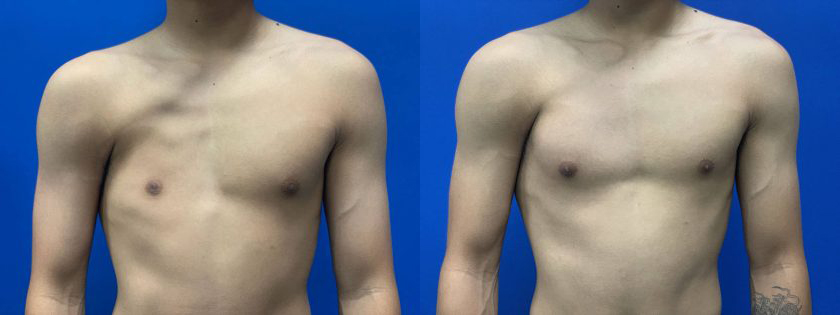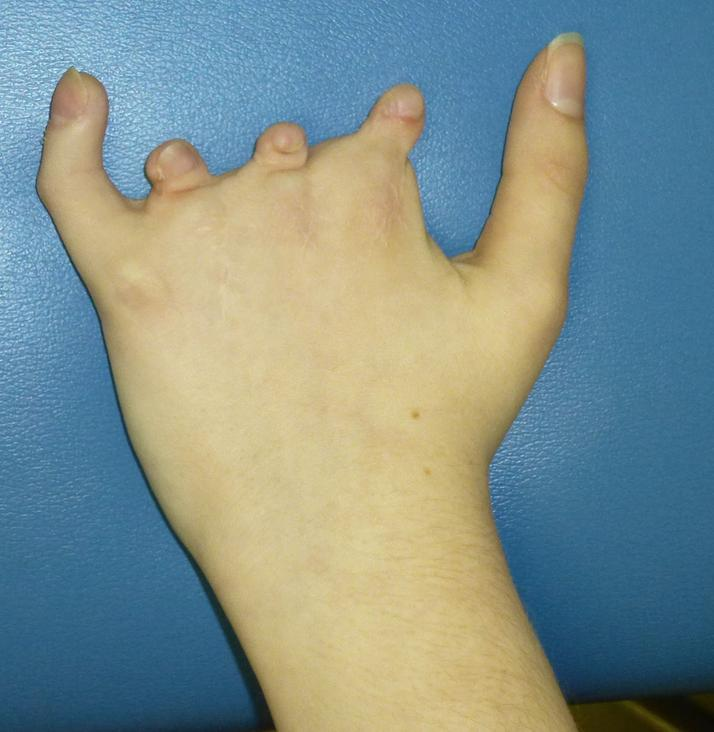Poland Syndrome is a rare congenital condition that can significantly affect a person’s physical appearance and development, although its effects vary widely among individuals. It is a condition that is often underreported due to its rarity, leaving many people unfamiliar with its causes, symptoms, and implications.
Understanding this syndrome is essential, not only for medical professionals but also for patients, caregivers, and the general public to foster awareness and empathy. By exploring the origins, symptoms, and effects of Poland Syndrome, readers can gain a comprehensive understanding of its impact on affected individuals.
Poland Syndrome is a congenital condition, meaning it is present at birth, and it is characterized primarily by the underdevelopment or complete absence of the chest muscle on one side of the body. In most cases, this involves the , a major muscle that spans across the chest wall and is vital for arm movement and posture.

In addition, webbed nails are a characteristic feature that some individuals with Poland Syndrome may experience. They can manifest as fused or partially fused fingernails, often occurring on one side of the body in conjunction with other abnormalities. These physical features further highlight the variability in Poland Syndrome’s presentation and its effects on an individual’s body development.
Webbed nails typically arise because of the same embryonic vascular disruption that leads to the underdevelopment or absence of the chest muscle (pectoralis major) on one side of the body. These vascular disruptions impair normal embryonic development, causing anomalies in nail and skin formation, particularly on one side of the body. While webbed nails alone are not necessarily debilitating, they can be an indicator of Poland Syndrome’s complex effects on a person’s physical health.
Although the exact cause of Poland Syndrome remains unknown, it is believed to be related to vascular disruptions during embryonic development. Specifically, when blood supply to the chest wall is restricted or compromised during critical stages of fetal development, it can lead to the underdevelopment of certain muscles and tissues.

The severity of these effects can differ greatly between individuals, with some having minimal physical impairment, while others may face more noticeable or debilitating challenges. The variability of symptoms makes Poland Syndrome a condition that requires individualized assessment and medical attention.
One of the most common ways Poland Syndrome manifests is through asymmetry in the chest wall, which can cause significant psychological and emotional distress for those affected. The visible nature of this asymmetry, especially during puberty or adulthood, can lead to low self-esteem or body image issues.
Many individuals with Poland Syndrome report feeling isolated or self-conscious about their physical appearance, particularly in situations where body symmetry is emphasized, such as swimming or wearing fitted clothing. This emotional toll adds an additional layer of complexity to the condition, as it is not only a physical challenge but also a deeply personal one. As a result, psychological counseling is often recommended as part of a comprehensive treatment plan.
Although Poland Syndrome is generally a congenital condition with no cure, advancements in medical research and surgical interventions have significantly improved the prognosis for individuals with this syndrome. Surgical reconstruction can correct asymmetries, restore muscle function, and reduce the emotional burden associated with visible deformities.


Living with Poland Syndrome can be challenging, as the condition encompasses a combination of physical, emotional, and social challenges. Some individuals report struggles with self-image, especially during their teenage years, when body changes can exacerbate feelings of insecurity.
However, early medical interventions, therapy, and emotional support can make a significant difference in helping individuals adapt and lead fulfilling lives. Raising awareness about the condition is vital because many people with Poland Syndrome may not initially recognize their experiences as part of a medical condition. By promoting education and understanding, we can foster an environment of compassion and acceptance.
By exploring the physical manifestations, treatment options, and emotional toll associated with Poland Syndrome, readers can begin to understand the complexity of this condition. Awareness and empathy are key in supporting affected individuals and ensuring they feel seen, valued, and empowered on their journey. Ultimately, gaining knowledge about this rare condition can break the stigma surrounding it and promote a more inclusive and informed society.
Thank you for being part of this community. If you are passionate about driving change through youth empowerment, and workshops, send us an email to info@insidesuccessnigeria.com. Find more related articles on our website. Kindly subscribe to our website and follow us on our Instagram @ insidesuccessnigeria to get more updates.



Leave a Reply